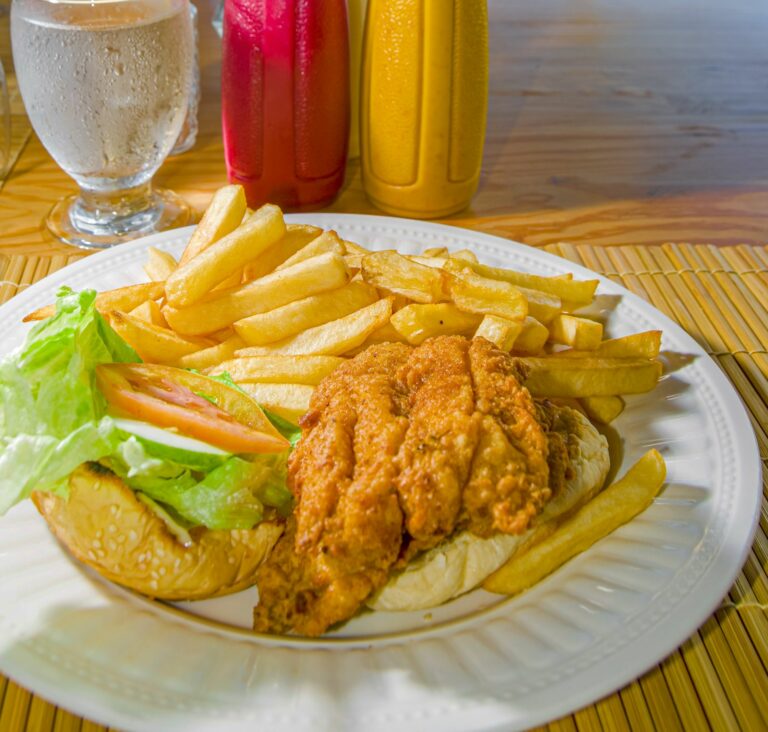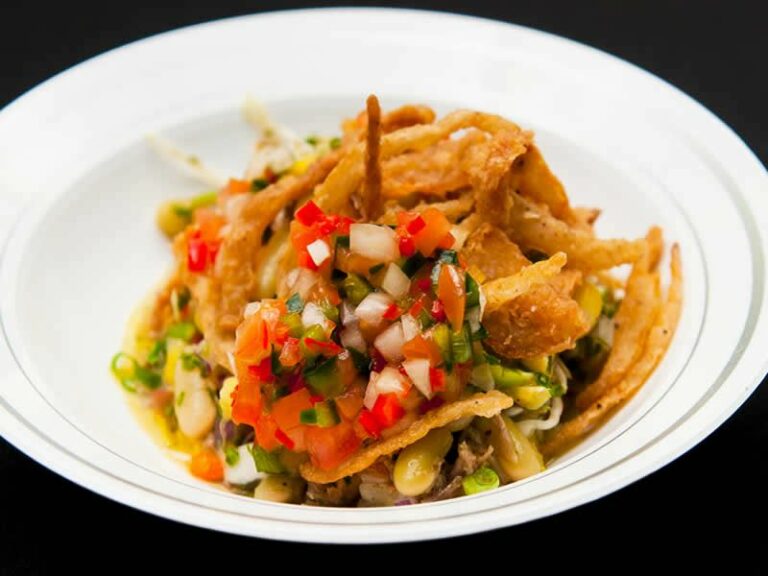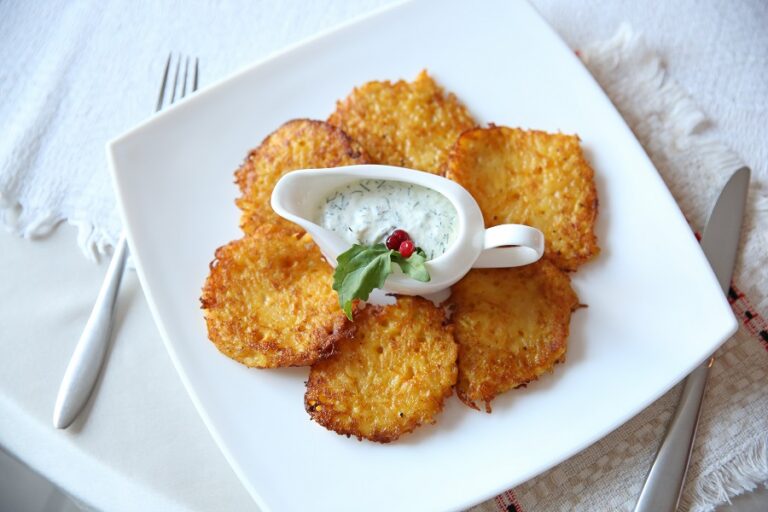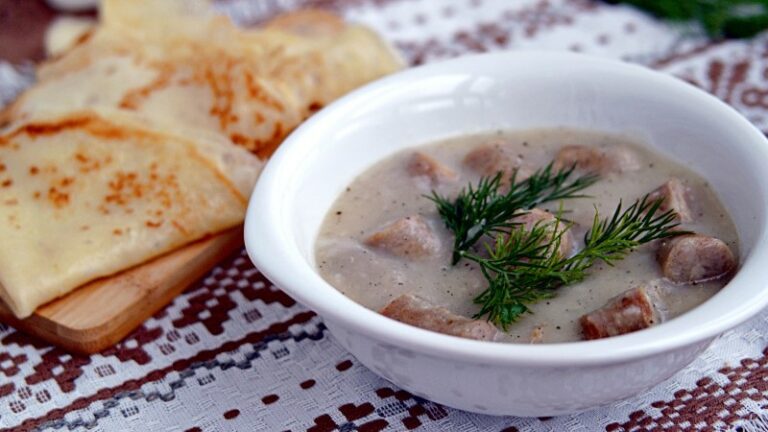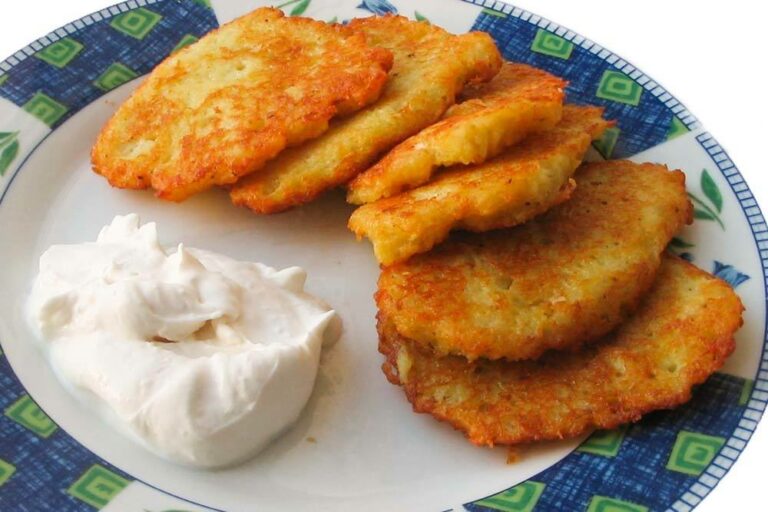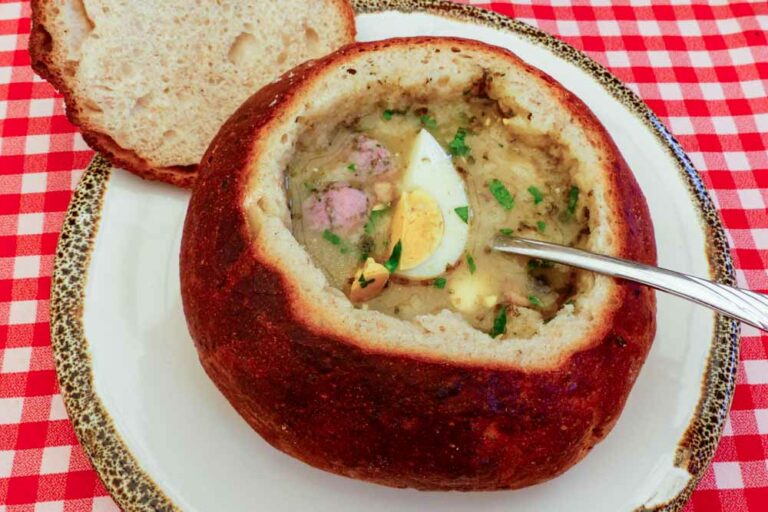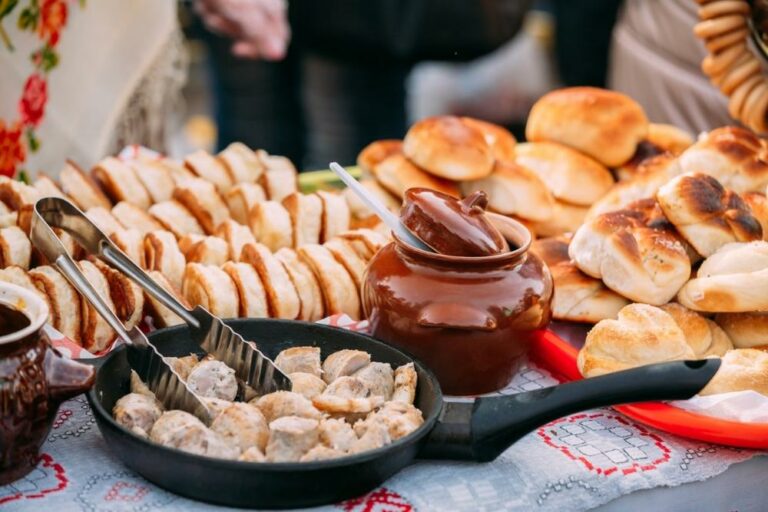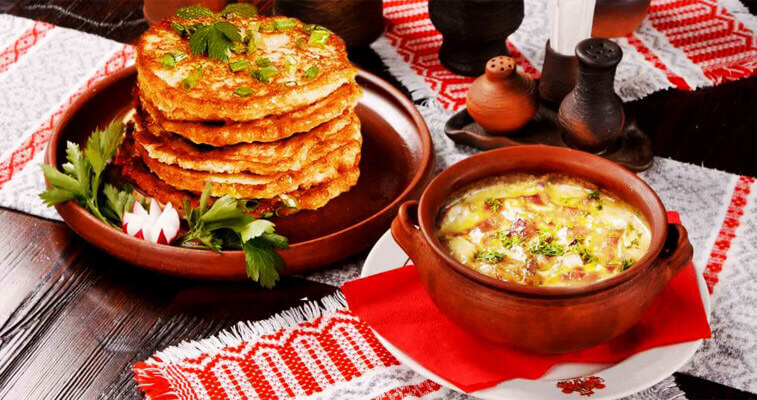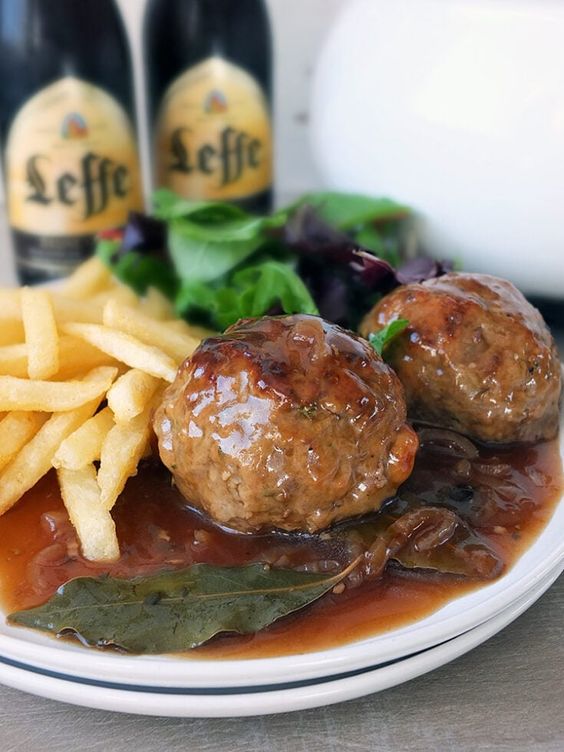Introduction: Vegetarianism in Barbados
Vegetarianism has become increasingly popular in many parts of the world, and Barbados is no exception. However, the island’s cuisine is known for its meat-based dishes, such as flying fish and cou-cou, which can make it seem challenging for vegetarians. Despite this, there are many options for vegetarians in Barbadian cuisine, and the island’s unique blend of African, European, and Caribbean cultures has created a diverse range of flavorful vegetarian dishes.
Traditional Foods in Barbados
Barbadian cuisine is influenced by the island’s history and culture. It is a blend of African, European, and Caribbean flavors, with seafood, vegetables, and spices being essential. Some of the traditional dishes, such as flying fish and cou-cou, are not vegetarian-friendly. However, there are several meat-free dishes that are a staple in Barbadian cuisine, such as macaroni pie, rice and peas, and sweet potato pie.
Vegetarianism in Bajan Culture
Vegetarianism is not new to Barbadian culture. The Rastafarian movement, which originated in Jamaica, is prevalent in Barbados and promotes a plant-based diet. Additionally, many Barbadians follow a vegetarian diet for religious or health reasons. Overall, the island’s culture is accepting of vegetarians, and there are plenty of options for those who want to avoid meat.
Vegetarian Options in Bajan Cuisine
While the island’s cuisine is known for its meat-based dishes, there are many vegetarian options available. Many of the traditional side dishes, such as macaroni pie and rice and peas, are vegetarian-friendly. Additionally, many restaurants offer vegetarian versions of their meat dishes, such as vegetarian shepherd’s pie or lentil curry.
Popular Vegetarian Dishes in Barbados
Some of the most popular vegetarian dishes in Barbados include cou-cou and callaloo, a dish made from leafy greens and okra. Other popular vegetarian dishes include roti, a filled flatbread, and vegetable curry. Fresh fruits and vegetables are also abundant on the island and are used in many dishes, such as fruit salad and coleslaw.
The Best Vegetarian Restaurants on the Island
Many restaurants in Barbados offer vegetarian options, but some are entirely vegetarian. One of the best vegetarian restaurants on the island is Ital Creations in St. Lawrence Gap. It offers a wide range of vegetarian and vegan dishes made from fresh, locally sourced ingredients. Other vegetarian-friendly restaurants include Buzo Osteria Italiana and Bliss Cafe.
Vegetarian-Friendly Supermarkets in Barbados
Barbados has several supermarkets that cater to vegetarians and offer a wide range of vegetarian-friendly products. Popular supermarkets include Massy Stores, which has a vegetarian section, and Super Centre, which offers a selection of vegetarian products.
Final Thoughts on Vegetarianism in Barbados
Barbados may be known for its meat-based dishes, but there are plenty of options for vegetarians on the island. With the blend of African, European, and Caribbean cultures, the cuisine is diverse, and there are many flavorful vegetarian dishes to try. Whether you’re a lifelong vegetarian or just looking to try something new, Barbados has something to offer.

